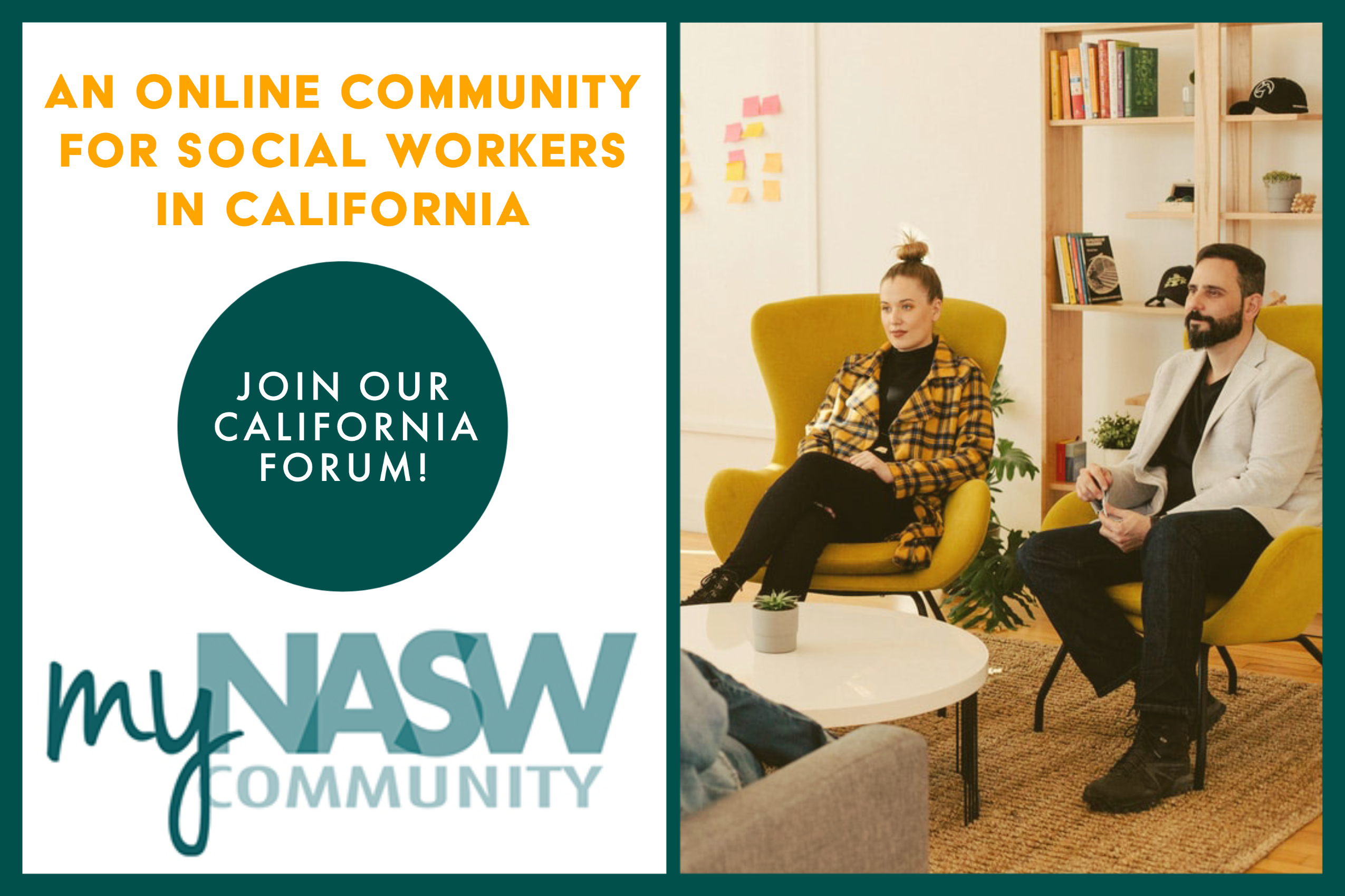Managed Medi-Cal long-term support and services will make obsolete substandard locked skilled nursing facilities for “wanderers.”
Approximately 600,000 Californians ages 55 and over live with Alzheimer’s disease. This number is expected to double by 2030. The rapidly growing aging populations of Latinos and Asians in California living with this disease is expected to triple in the next 15 to 20 years and the number of African Americans living with it will double in this timeframe.[i]
Caring for Alzheimer’s patients often requires providing assistance with meals, incontinence, dressing, bathing and ambulation. Symptoms of this cruel disease frequently include mild to severe memory loss. Three out of five persons with Alzheimer’s will “wander” and require 24-hour supervision.[ii]
Options for low-income “wanderers” in California who lack family support and can no longer remain safely at home are usually limited to the few Medi-Cal reimbursed SNFs that have locked Alzheimer’s units.
The California Health Care Foundation (CHCF), a nonprofit, philanthropic organization, compiles information about SNFs from the California Hospitals Assessment, the California Healthcare Performance Information System, the Consumers Reports Health, the Department of Social and Behavioral Sciences at the University of California, San Francisco and Truven Health Analytics. On its website (calqualitycare.org) it rates SNFs from “poor” to “superior.”
According to CHCF, many of the locked SNFs in California have poor ratings and are considered “below average” or “poor.”
In Los Angeles County, which has the largest population in California, there are 48 locked SNFs that accept Medi-Cal. Of these, 21 are rated “below average” or “poor” by CHCF.[iii]
In other California counties with large populations, there are very few locked SNFs and, in some instances, only one or two which have an “average,” “above average” or “superior” rating.
TABLE 1
Counties in California with large populations: Number of locked SNFs that accept Medi-Cal/ # rated “average,” “above average” or “superior.”
San Diego: 6/5
Orange County: 6/4
Riverside County: 2/1
Santa Clara: 6/6
Alameda: 3/2
San Bernardino: 2/1
Antelope Valley: 1/1
Ventura County: 2/2
Although families provide three-quarters of unpaid care for individuals living with Alzheimer’s, the rapid growth of the prevalence of this disease will have an enormous impact on health care costs in California, including Medi-Cal expenses for patients who receive care at home through the In Home Support and Services program and for individuals, including “wanderers” who receive care in SNFs.
The lack of good options for many low-income “wanderers” will impact Medi-Cal payers, including California Coordinated Care Initiative Managed Care Organizations (CCI MCOs) responsible for managing Medi-Cal services for dual-eligibles in seven counties — Los Angeles, Riverside, San Bernardino, San Mateo, Santa Clara, Orange and San Diego.
CCI has two components: Cal MediConnect (CMC) and Medi-Cal Managed Long Term Support and Services (MLTSS).
CMC is a program in which dual-eligibles can choose to have their Medicare and Medi-Cal expenses managed by the same CCI MCO. There is a very high opt-out rate for CMC since many dual-eligibles like their current providers and do not want to switch their Medicare services to a CCI MCO.
In Los Angeles County, which accounts for more than half of the statewide CMC eligible candidates, the opt-out rate is 58 percent. The average opt-out rate for all CCI counties is 50 percent.[iv]
In the Governor’s 2015-2016 budget, David Gorn, a reporter for California HealthLine who frequently writes articles about health care policy, says CMC is considered cost-effective, but this is primarily due to a managed-care tax which might not be renewed next year. Without that tax money, CMC shows a loss and, unless the state can show the federal government that CMC is cost-effective, it will end by January 2016.[v]
Whatever the fate of CMC, the second component of CCI — MLTSS — should be alive and well after January 2016.
Under MLTSS all Medi-Cal beneficiaries in CCI counties — including up to 456,000 dual-eligibles — will be enrolled with CCI MCOs to manage MLTSS services which include IHSS, MSSP and Medi-Cal payments to SNFs. MLTSS enrollment is mandatory. The state and CCI MCOs are investing tremendous time, energy and resources to implement the program.
The Medi-Cal component funding mechanism for MLTSS is expected to switch from four capitated rates (SNF, Home and Community Based High, Home and Community Low and Community Healthy) to a single, blended capitated rate after January 2016.[vi]
After that time, CCI MCOs will have strong fiscal incentives to promote affordable community-based care settings, including residential care facilities for the elderly (RCFEs), rather than expensive (Medi-Cal pays SNFs per capita approximately $5,300/month) locked SNFs for “wanderers” who require care home placement.
Large 100-plus bed RCFEs with secured dementia units accommodate “wanderers” by using wanderguard bracelets (which signal an alarm when a “wanderer” lives a designated section) and delayed egress devices (a device mounted on a door which precludes the use of an exit for a predetermined period of time allowing facility staff to redirect a client who attempts to leave the facility).
Small four to six bed RCFEs with high staff to resident ratios and alarms mounted on doors are frequently used as safe care settings for “wanderers” as well.
To ensure quality control CCI MCOs, care coordinators can make monthly follow-up calls to dual-eligibles seniors placed in RCFEs and/or to their relatives to determine care satisfaction. Monthly checks of community care licensing records to see if and when the RCFE has been issued new citations or violations would ensure that only good RCFEs are in CCI MCO provider networks.
MLTSS promises many changes in California. Providing high-quality, cost-efficient care and rebalancing care delivery from expensive institutions to affordable community based care will involve CCI MCO developing a network of RCFEs to accommodate their dual-eligibles, including “wanderers.” The current LTSS system is due for critical upgrades but the new version will only run smoothly once the defective parts, like substandard locked SNFs, are rendered obsolete.
Jason Bloome is owner of Connections–Care Home Referrals, an information and referral agency for care homes for the elderly in Southern California. For more articles about CCI and Medi-Cal funding for RCFEs see: www.carehomefinders.com/articles.
REFERENCES
[i] Ross, Leslie et al. Alzheimers Association: Alzheimers Disease Facts and Figures in California: Current Status and Future Projections: March 2009.
[ii] http://www.alz.org/norcal/in_my_community_18411.asp
[iii] http://www.calqualitycare.org/providers/find-providers?t=nursinghome&q=Los%20Angeles&c=Los%20Angeles&sm=location#q=Los+Angeles&t=nursinghome&alzheimerbeds=on&medical=on&refinearea=20&z=&overallrating=&staffing=&qualityoffacility=&qualityofcare=&sortby=1&form=advancedsearchhospitals
[iv] http://www.calduals.org/wp-content/uploads/2015/05/CMC-Enrollment-Dashboard-May-2015.pdf
[v] http://www.californiahealthline.org/capitol-desk/2015/2/dualeligible-optouts-percentage-high
[vi] http://www.calduals.org/wp-content/uploads/2014/04/Attachment-A-CCI-Medi-Cal-rates4-22.pdf












